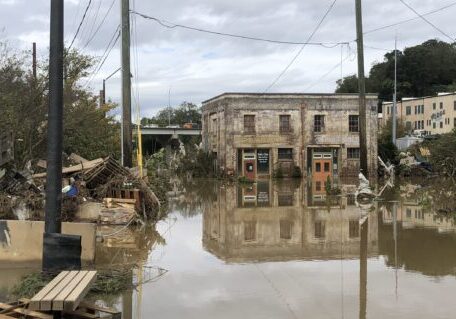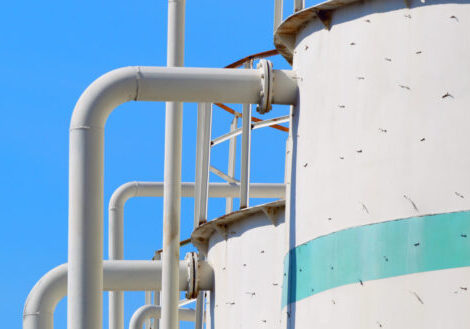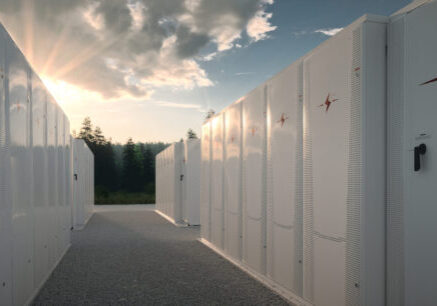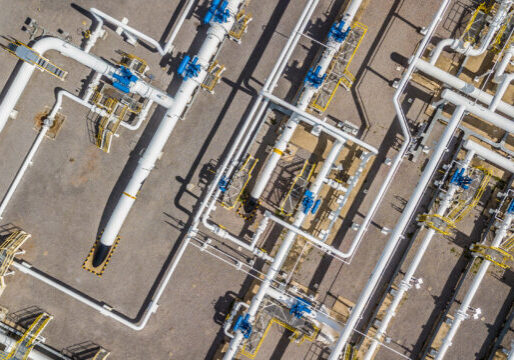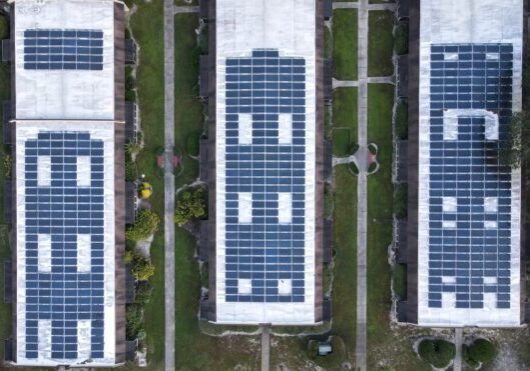November 27, 2017
Equitable Health and Recovery Depend on Resilient Power
By Seth Mullendore, Todd Barker
When natural disasters strike, people suffer, and the worst hit are invariably the most vulnerable among us – the elderly, the disabled, and the economically and socially disadvantaged. We’ve seen this same scenario replayed again and again, and we are seeing it today in the wake of Hurricanes Maria, Irma, and Harvey.
There’s the obvious hit to damaged property and belongings, and then there’s the prolonged aftermath of inequity for those left to suffer without resources to recover and to rebuild; and, in the most devastating cases, the poorest are left without power for days or even weeks. These latest storms battered the electric grids across the southeastern coast of the U.S. and the Caribbean, leaving more than 10 million people without electricity, making disaster recovery difficult and in some cases nearly impossible.
For communities in Puerto Rico, this nightmare has gone on for more than two months. It’s a challenge for many just to survive right now, much less to rebuild and recover. Even homes and businesses that are lucky enough to have generators have been hindered with broken equipment and limited access to fuel. A New York Times article referred to the situation there as “an epidemic of broken generators.” Many have already fled the island, especially those with medical conditions, but many more do not have the resources to do so.
Hurricane Maria has left communities isolated, stranded without transportation or access to adequate health services. For those that rely on electricity to power or recharge lifesaving devices, like oxygen machines and mobility devices, outages can become an immediate life-threatening concern. For others, lack of refrigeration for medications and food storage can present equally dangerous scenarios. Experts have found that natural disaster regions can expect to see up to 10 percent of all nursing-home patients die in the days following an event.
A week after Hurricane Maria devastated Puerto Rico, 58 of the 69 hospitals on the island were still without power, leading to numerous fatalities. The average daily death toll in Puerto Rico rose nearly 30 percent in the two weeks following the storm. The hurricane also crippled Puerto Rico’s $15 billion-dollar pharmaceutical industry, leaving U.S. hospitals with their own shortages of drug supplies.
The power outages have led to a sanitation crisis on the island and a severe lack of clean water. Many of the island’s water treatment facilities were left disabled due to the widespread outage. Puerto Rican communities have also experienced an upswing in water-borne diseases. A month after the storm, a quarter of the population was still without access to clean drinking water.
Study after study has shown that power outages from extreme weather disproportionately impact low-income and disadvantaged communities. Not only are more hardships immediately felt in these communities, it also takes longer for them to recover. Existing inequities, like substandard housing and inadequate healthcare, are amplified and exacerbated when disasters strike. Nearly half of those who died after Hurricane Sandy in 2012 were people age 65 or older. More recently, Hurricane Irma outages left eight nursing home residents dead in Florida, with more elderly residents dying in the days that followed.
These individuals, and vulnerable populations across the country, deserve better. In an emergency, they have a right to expect reliable access to the basic necessities of survival – food, water, healthcare, transportation, communications. All too often, these necessities are jeopardized by lack of power when they’re needed most.
We’re beginning to see a better solution deployed in Puerto Rico, as industry and nonprofits have rallied to power fire stations and hospitals with solar+storage systems able to keep things running whether the grid is there or not. It’s too early to tell if this trend will be replicated on a broad scale and transform the Puerto Rican power system. That will ultimately depend on local leadership and government response.
At least now, unlike in years past, more and more voices are starting to call for real change in how communities are equipped to respond to outages in a disaster. Many lives, particularly those already struggling, may depend on whether or not those calls for more resilient power are answered and acted upon.
Todd Barker is a Senior Partner at Meridian Institute, an NGO that specializes in helping people solve complex and controversial problems, make informed decisions, and implement solutions. Meridian provides strategy, mediation, facilitation, and project management services with deep expertise in collaborative problem solving. Meridian works at the local, national and international levels on issues related to agriculture and food security, climate and energy, natural resources, health, global stability and security, and resilience, which includes the Community and Regional Resilience Institute (CARRI).
Seth Mullendore is vice president and a project director for Clean Energy Group, where he serves as manager, analyst, and technical adviser for power systems, solar PV applications, and battery storage projects. Clean Energy Group is a leading national, nonprofit advocacy organization working on innovative policy, technology and finance programs in the areas of clean energy and climate change. Clean Energy Group projects concentrate on climate and clean energy issues at the local, state, national, and international levels, collaborating with stakeholders from governments, and the private and nonprofit sectors.





